Most of us are familiar with the Nazi atrocities committed in the occupied European countries and the collaboration of certain European governments (e.g., Vichy France and Norway) that supported and assisted the occupiers. However, collaboration in Eastern Europe has largely gone unnoticed. In countries such as Croatia, the Nazi-supported government of Ante Pavelić and his fascist Ustaše organization committed such atrocities and genocide that even the Nazis were appalled at their brutality.
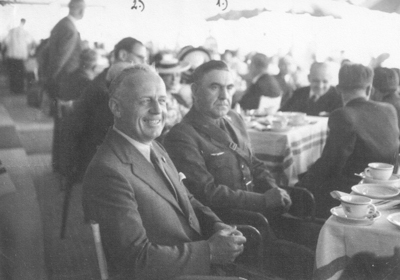
Today, we will look at a Georgia military organization comprised of ethnic Georgians who fought under the Waffen-SS (the military arm of the Schutzstaffel, or the SS). It’s no wonder they were commonly referred to as “The Georgian Gestapo.”
Did You Know?
Did you know that soldiers of the 23rd Headquarters Special Troops” received the Congressional Gold Medal? Two days ago, marked the 80th anniversary of D-Day ⏤ the invasion of Europe during World War II. This top-secret military unit was responsible for saving the lives of thousands of American soldiers who came ashore on 6 June 1944.
Commonly known as “The Ghost Army,” the unit’s mission was to deceive the Germans into thinking the invasion would take place on the beaches of Pas-de-Calais, France rather than Normandy. They were part of the Allied “Operation Fortitude.” Members of the Ghost Army were artists, designers, audio technicians, and other deception experts. The story of their deception was kept secret until 1996 when the files were declassified after more than fifty years.
There were seven known survivors of the Ghost Army at the time of the White House ceremony. Three of the seven attended the ceremony along with families of the deceased soldiers. Bernard Bluestein, John Christman, and Seymour Nussenbaum accepted the Gold Medal on behalf of all the men of the Ghost Army.
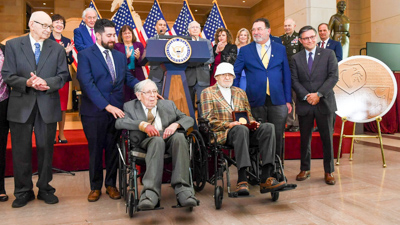
Please refer to our 2024 blog, The Double Cross System (click here to read) and the 2022 blog, The Ghost Army (click here to read).
Georgia
Georgia is a country on the Eastern border of Europe near the Black Sea and the Caucasus Mountains. Its language is part of the Kartvelian languages, and the alphabet is one of the world’s independent alphabets. Georgia is one of the oldest wine producing countries in the world dating to BC 8000. Its population of 3.7 million is dominated by indigenous Georgians.
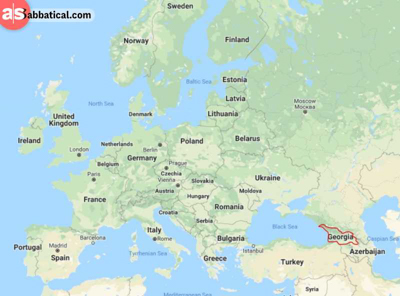
Georgia is one of those countries that over the centuries has been ruled and inhabited by various surrounding regional powers. The Kingdom of Georgia reached its peak during the High Middle Ages (AD 1000 to 1300) before its disintegration and absorption by the Mongols, the Ottoman Empire, and Persia (today, Iran). By 1801, the Russian Empire had annexed the country. After the 1917 Russian Revolution, Georgia became independent but in 1921, the Soviet Union broke the Treaty of Moscow (wherein the Soviets recognized Georgian independence) and invaded Georgia turning it into a Soviet satellite country.
World War II
Hitler and Stalin agreed on a non-aggression pact commonly known as the Molotov-Ribbentrop Pact. Signed on 23 August 1939, the pact was a political and economic agreement. It allowed the Soviets to occupy certain territories and guaranteed the two countries would sell commodities, natural resources, and goods to one another. Secretly, Stalin had “given” Poland to Hitler as part of the pact’s terms. Nine days later, Germany invaded Poland and World War II began.
After the pact was signed, Stalin annexed Estonia, Latvia, Lithuania, parts of Romania and Finland (click here to read the blog, Valkoinen kuolema). But in June 1941, Hitler broke the non-aggression treaty (“Operation Barbarossa”) and invaded the Soviet Union. Hitler’s first targets were Caucasian oil fields and munition factories. Although the German army never reached Soviet Georgia, many of the country’s citizens aligned themselves with Germany.
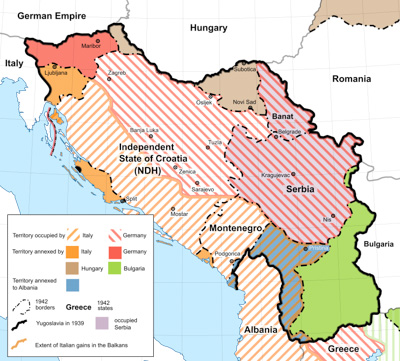
Georgian Legion
The Georgian Legion (“Legion”) was formed by Georgian émigrés from Western Europe and Soviet prisoners of war of Georgian origin. The motivation was to eventually restore Georgia’s independence. The Legion considered the Nazis as a “lesser evil” to the Soviets and their plan was to work with Hitler and the Nazis to accomplish independence.
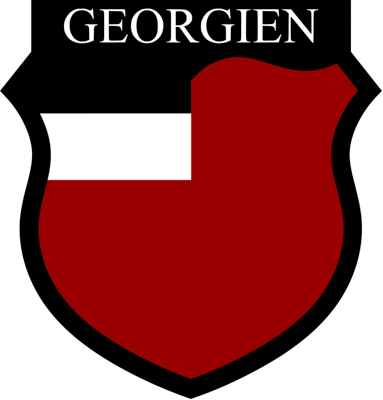
In the beginning, Hitler considered the Georgians as Aryans in the Nazi racial ideology. In fact, several Georgians were advisors to senior Nazis such as Alfred Rosenberg (1893−1946). However, Hitler began to mistrust the Georgians for several reasons including the fact that Joseph Stalin was an ethnic Georgian. The Fuhrer came to believe Georgia would eventually switch sides and align themselves with the Soviets.
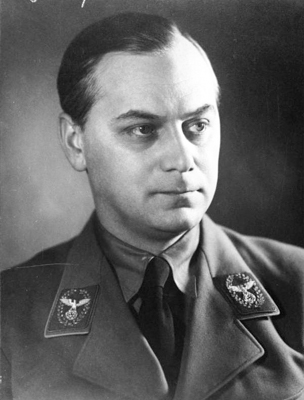
The ethnic Georgian Legion began in December 1941, trained in the Ukraine, and became a German fighting unit in the fall of 1942 when the unit joined the Waffen-SS. There were 54 Eastern Legion battalions formed by the Kommando der Ostlegionen in Polen from countries such as Turkey, Armenia, Azerbaijani, Idel-Ural (the Volga Tartars), and North Caucasian. In total, about 280,000 men served in these battalions under the Germans. The Georgian Legion formed eight battalions with about 25,000 men. Commanding the military formations were Shalva Maglakelidze (1893−1976) and other ranking officers of the former Democratic Republic of Georgia (1918 to 1921).
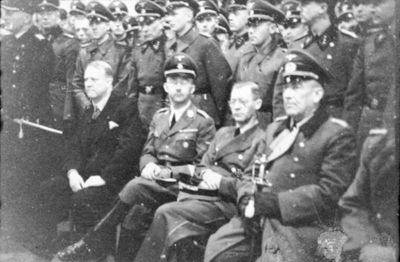
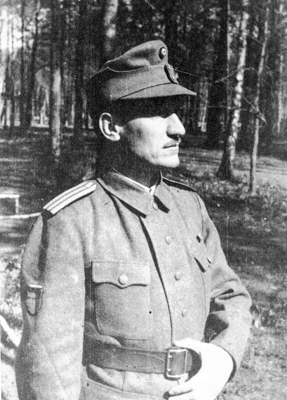
Tamara
While all of this was going on in Georgia, a couple of Georgian expats in Paris were approached by the Germans for the purpose of forming military units of Georgian émigrés. They were to conduct surveillance in factories and drive supply trucks. In return, Hitler agreed to restore independence to Georgia.

Instead, the Germans formed three military groups called Tamara I, II, and III. The men were trained in sabotage methods and sent into Eastern Europe and the Soviet Union. The missions failed and many of the men never returned. The ones who did and made their way back to Paris began working for Chalva Odicharia (1903−?). Odicharia and his men assisted the Germans by suppressing resistance sabotage, confiscating Jewish property, and acquiring materials.
Hitler by this time was becoming disillusioned with the Georgians because of numerous defections of Georgian soldiers from the Waffen-SS for the purpose of joining resistance networks throughout occupied Europe. One of his directives was to move the Osttruppen (“Eastern Troops”) west to the Netherlands. One battalion was stationed on Texel, a Dutch island in North Holland.
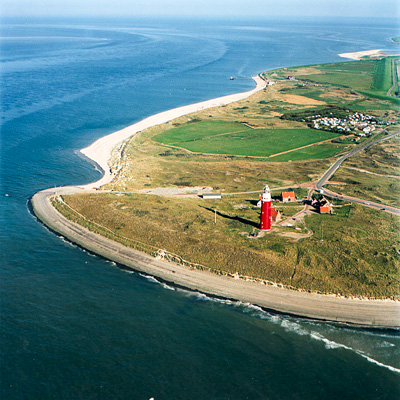
Texel
The men of the 822 Georgian battalion sent to Texel rebelled against the Germans in April 1945. At the time, there were about 400 Germans (primarily officers) stationed on the island. Texel was part of the German Atlantic Wall of Defense but after D-Day (6 June 1944), it became relatively insignificant. The Georgian soldiers had been captured and given two options by the Germans: fight for Germany or serve time in POW camps where they would likely die.
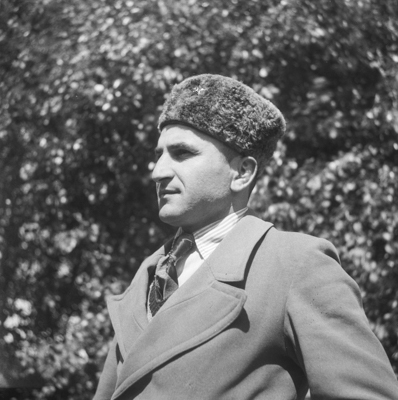
On the evening of 5 April 1945, led by Shalva Loladze (1916−1945), the Georgians took control of the island. In the process, they killed about 200 German soldiers. Assisted by the Dutch resistance, the Georgians were counting on an Allied landing, but this never happened. The surviving Germans counterattacked from the naval batteries after the Georgians failed to secure the artillery installations. Heavy fighting took place until 20 May. During that time, any Georgian captured was required to dig their grave, remove the German uniform, and then he was executed. Loss of life included 565 Georgians, 120 Dutch, and most of the German soldiers. It wasn’t until Canadian troops arrived on 20 May to enforce the German surrender twelve days earlier. The surviving Georgians were turned over to the Soviets who considered them traitors and sent them to the Gulags.
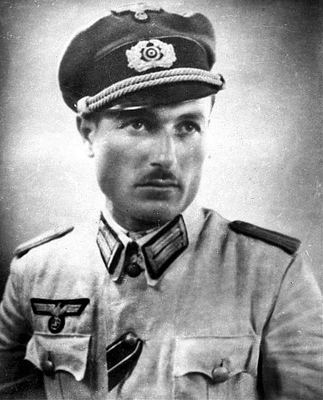
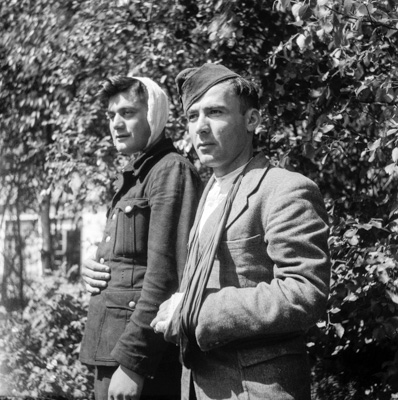
The uprising by the soldiers of the German Legion battalion is considered to be the last battle of World War II.
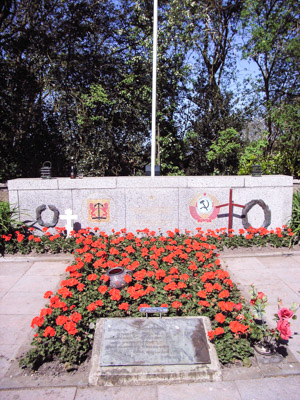
Next Blog: “Idle Women”
Correspondence and Commentary Policy
We welcome everyone to contact us either directly or through the individual blogs. Sandy and I review every piece of correspondence before it is approved to be published on the blog site. Our policy is to accept and publish comments that do not project hate, political, religious stances, or an attempt to solicit business (yeah, believe it or not, we do get that kind of stuff). Like many bloggers, we receive quite a bit of what is considered “Spam.” Those e-mails are immediately rejected without discussion.
Our blogs are written to inform our readers about history. We want to ensure discussions are kept within the boundary of historical facts and context without personal bias or prejudice.
We average about one e-mail every two days from our readers. We appreciate all communication because in many cases, it has led to friendships around the world.
★ Read and Learn More About Today’s Topic ★
Beyer, Rick and Elizabeth Sayles. The Ghost Army of World War II: How One Top-Secret Unit Deceived the Enemy with Inflatable Tanks, Sound Effects, and Other Audacious Fakery. New York: Princeton Architectural Press, 2023.
Birn, Ruth Bettina. Collaboration with Nazi Germany in Eastern Europe: The Case of the Estonian Security Police. Contemporary European History. 10 (2): 181-98, 2001. Click here to read.
Conroy, Mary Schaeffer. Collaboration with Germany by Georgians in France during World War II. Saarbrucken: Lap-Lambert Academic Press, 2018.
Gaunt, David, Professor Paul Levine and Laura Palosuo (editors). Collaboration and Resistance During the Holocaust: Belarus, Estonia, Latvia, Lithuania. Lausanne: Peter Lang Publishing, 2004.
Lang, David Marshall. A Modern History of Soviet Georgia. London: Weidenfeld and Nicolson, 1962.
McCormick, Robert B. Croatia Under Ante Pavelić: America, the Ustaše and Croatian Genocide in World War II. New York: I.B. Tauris, reprint edition (2017).
Sharpley-Whiting, T. Denean. Bricktop’s Paris: African American Women in Paris between the Two World Wars. Albany: State University of New York Press, 2015.
Sužiedėlis, Saulius. Crisis, War, and the Holocaust in Lithuania. Boston: Academic Studies Press, 2024.
Trifkovic, Srdja. Ustaša: Croatian Fascism and European Politics, 1929-1945. Lord Byron Foundation for Balkan Studies; 2nd edition, 2011.
Disclaimer:
There may be a chance that after we publish this particular blog, the video links associated with the blog are no longer accessible. We have no control over this. Many times, whoever posts the video has done so without the consent of the video’s owner. In some cases, it is likely that the content is deemed unsuitable by YouTube. We apologize if you have tried to access the link and you don’t get the expected results. Same goes for internet links.
What’s New With Sandy and Stew?
Sandy and I are hanging around the house this summer. No trips planned until September when we are off to Europe once again. Despite this, it will be a busy summer. Our daughter and her two boys will be here for a little over a week. That means “Pool Time.” Then toward the end of July, our oldest stops by with his family before we all head on over to Miami for four days to watch his son (our grandson) compete at the Doral Resort and Spa in the prestigious Optimist Junior Golf Championship (Boys 10 to 11).
I’d like to thank Sylvia from Bonjour Paris and France Media for inviting me to make an online presentation on 6 June in honor of the 80th anniversary of D-Day. About 25% of the audience signed up as subscribers for our blogs within four hours of making the presentation. Now, onto our scheduled presentation for Halloween in October.
Thank you to all of you who subscribe to our bi-weekly blogs. It seems there isn’t a day that goes by where we don’t increase our readership. Please let your history buff friends and family members know about our blog site and blogs.
Someone Is Commenting On Our Blogs
Thanks to Raymond K. for contacting us regarding our blog, Agent Jack, M, and the Fifth Column (click here to read the blog). Raymond pointed out that the medal in one of the images was incorrectly identified as the Iron Cross. It is actually the German War Merit Cross (without swords). Thank you, Raymond, for pointing this out. I always appreciate our readers reaching out to me when they notice an error.
Afi P. sent us a brief email concerning our blog, An African American in Paris (click here to read the blog). She loved the coverage of Josephine Baker and Ada “Bricktop” Smith. Not sure if everyone knows but Josephine was “inducted” into the Panthéon by President Macron. Her resistance activities were finally acknowledged along with three other résistants. It’s about time the French begin to honor the heroes of World War II, both men and women.
If there is a topic you’d like to see a blog written about, please don’t hesitate to contact me. I love hearing from you so keep those comments coming.
Shepherd.com is like wandering the aisles of your favorite bookstore.
Do you enjoy reading? Do you have a hard time finding the right book in the genre you enjoy? Well, Ben at Shepherd.com has come up with an amazing way to find that book.
Shepherd highlights an author (like me) and one of their books. The author is required to review five books in the same genre. So, if a reader is interested say in cooking, they can drill down and find specific books about cooking that have been reviewed by authors in that category. Very simple.
If you like to read, I highly recommend you visit Shepherd.com. If you do, please let me know what you think and I will forward Ben any suggestions or comments you might have.
Click here to visit Shepherd’s website.
Click the books to visit Stew’s bookshelf.
Check out Stew’s new bookshelf on the French Revolution.
Share This:
Follow Stew:
Find Stew’s books on Amazon and Apple Books.
Please contact Stew directly for purchase of books, Kindle available on Amazon. Stew.ross@Yooperpublications.com or Contact Stew on the Home Page.
Please note that we do not and will not take compensation from individuals or companies mentioned or promoted in the blogs.
 Walks Through History
Walks Through History
Copyright © 2024 Stew Ross









Hello Stew,
thank you for the interesting blog ‘The Georgian Gestapo’. A quick note on this:
Alfred Rosenberg was not just an adviser, but ‘Minister for the Occupied Eastern Territories’ under Hitler. He was not Georgian, but came from the Baltic States, more precisely from Reval, today’s Tallinn, the capital of Estonia.
Greetings from the Baltic Sea
Raymond
Hi Raymond, always happy to hear from you. I had forgotten that Rosenberg was from Tallinn. We visited Tallinn on our recent Baltic trip. Enjoyed the city very much. STEW
Another excellent piece of largely unknown WWII history.
Hi Greg; glad you enjoyed the story. It’s just the tip of an iceberg. STEW